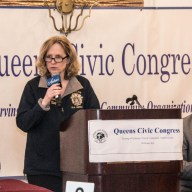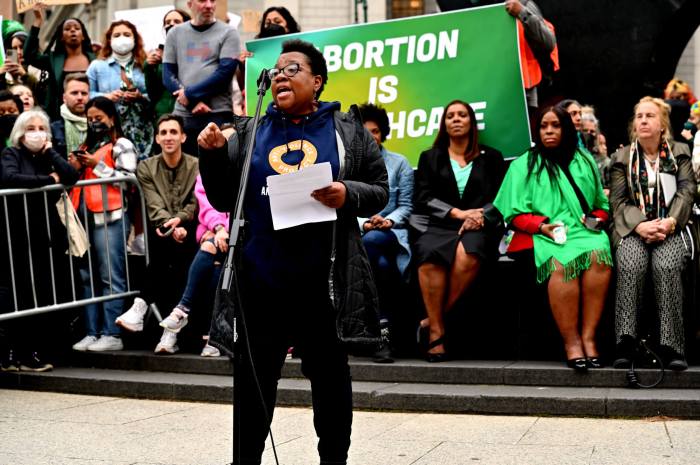By Lenore Skenazy
As we settle into the reality that we will probably never know what happened to Etan Patz after he disappeared that May morning in 1979, maybe we can finally come to terms with the legacy the crime left behind.
The legacy of constant, crippling fear.
I promise I won’t only be writing columns about helicopter parenting, but indulge me on this one, because of the circumstances. You see, a reporter who called me for comment after the Patz trial ended in a hung jury asked me the question that I get asked, one way or another, all the time. Sometimes it is by parents trying to feel less anxious. Sometimes it is by the media trying to stir that anxiety up.
Either way, it is this:
“What would you say to parents who are interested in letting their kids walk home from the park but are too nervous that their child might be the next Etan?”
Oh, so much.
Parents afraid that their child might be the “next Etan” are understandably fearful, since we have been hearing about this case for 36 years. It is our New York catechism. We have been trained to reflexively picture the saddest possible fate – basically, Etan’s – before we let our kids do anything on their own. I call this “worst-first thinking” – thinking up the worst-case scenario first, and proceeding as if it is likely to happen.
It is depressing. It is paralyzing. And it isn’t really keeping our kids any safer. To see why, try this:
Imagine if, 36 years ago, a child – call him Frederick – had died falling down the stairs. It is a rare way to die, but it happens. Now imagine that Frederick’s case had received inordinate media attention. Article after article. Television story after television story. “Remembering Frederick” would be the headline on the cover of People magazine, and the name of a docudrama. But would it make sense for parents to feel heart-stopping fear every time their kids wanted to walk down the stairs?
Of course not.
One terrible, tragic case that happened when a child was doing something that is generally very safe and normal should not change the way we go about everyday life. Certainly not for 36 years. We would have to try to keep it in perspective. After all, since 1979, 120,000,000 Americans have been six years old and not appeared on the cover of People, because nothing bad happened to them.
That is a hard perspective to keep in our predator-obsessed society. But a couple of things help me. One is this: For my book, Free-Range Kids, I asked the British author Warwick Cairns to solve this problem for me. “How long would you have to leave a child outside, unattended, for it to be statistically likely that the child would be kidnapped by a stranger?” This is sort of like asking, “How many lottery tickets would you have to buy to be statistically likely to win the jackpot?” He crunched the numbers and responded:
It is 600,000 years.
And after the first 100,000 years or so, your child isn’t technically a kid anymore.
Another calming thought is that there has never been a safer time to be a child in America, and New York is particularly safe. Our city’s crime rate is actually below the national average. And if we’re talking murders (which we are), there were 328 homicides in our city last year – “the lowest number since at least 1963, when reliable statistics were first kept,” according to The New York Times.
That means that walking to school, playing in the park, and waiting at the bus stop are safer for our kids than when we were kids and our parents let us go outside.
So we can live in fear of very rare, very random events that we can’t possibly predict in the course of everyday life. Or we can remember the best aphorism anyone ever sent to my blog: “All the worry in the world doesn’t prevent death. It prevents life.”
Lenore Skenazy is a public speaker and founder of the book and blog Free-Range Kids.































